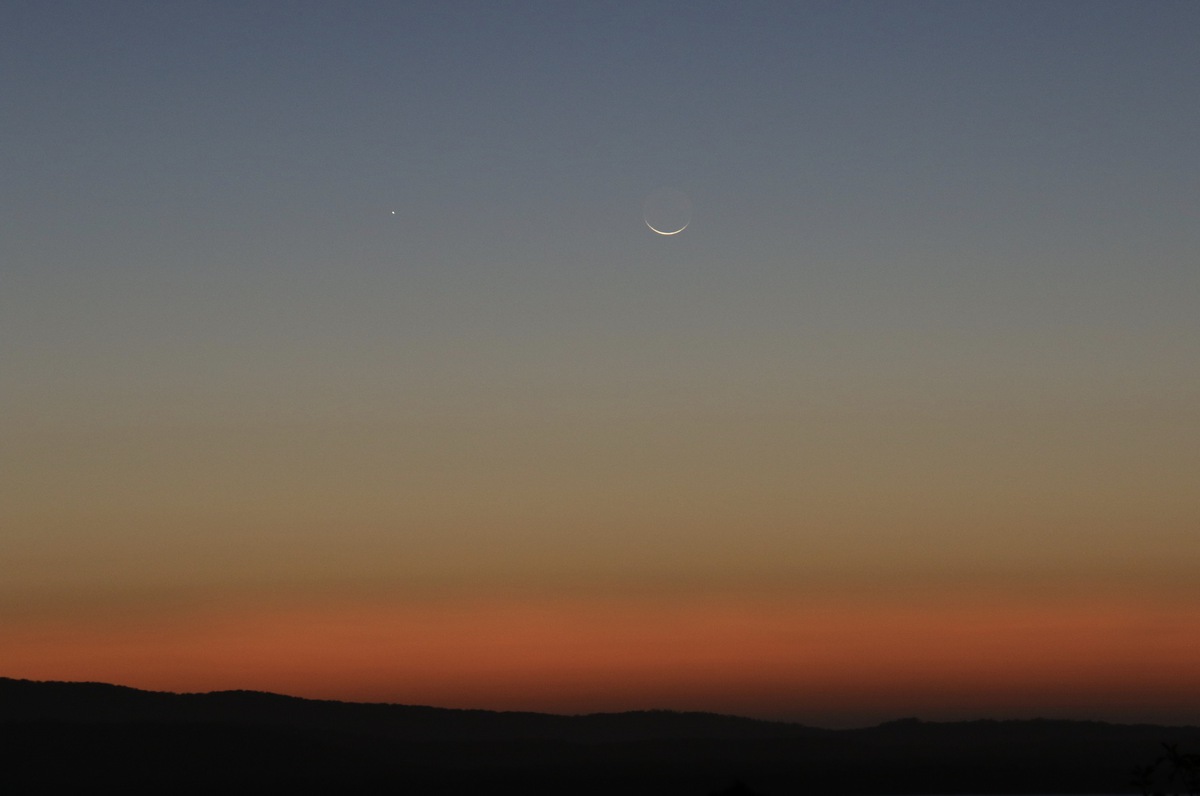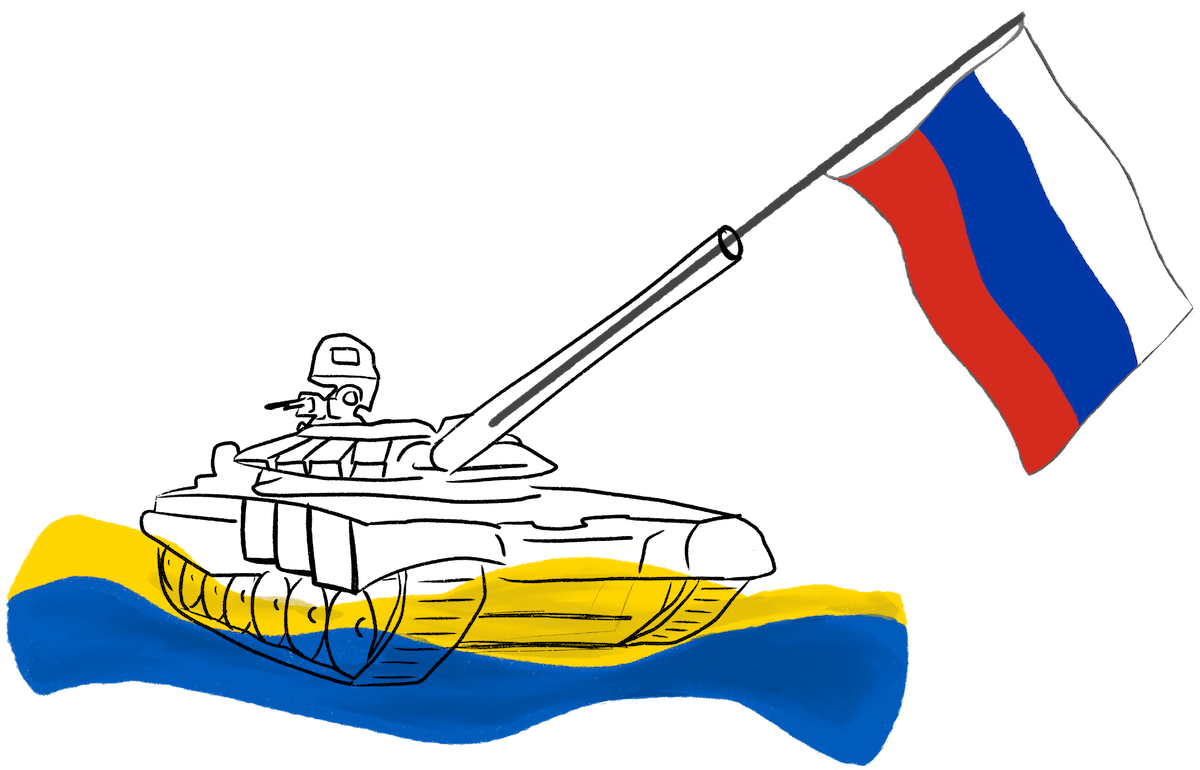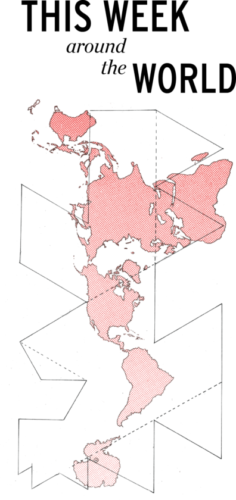Village fire practices set wildfires that reached Ukraine’s Chernobyl, leaving the air full of pollution and putting thousands at potential risk for radiation exposure.
The fire was identified as being started by a 27-year old local resident on April 5 next to an abandoned farm. Traditionally, fires are set by villagers to clear land for farming. “I did that to get rid of grass,” the villager said to NBC News.
Man-made fires are common practice in Ukraine, but are creating destruction. In April alone, Ukraine firefighters have extinguished 800 fires started by intentional burning of grass and debris, according to NBC News. Fires have caused damage to acres of trees. Once in the Zhytomyr region, a village council building accidentally caught fire.
Aerial footage by Reuters showed black smoke in the sky while firefighters in helicopters rushed to put out flames. The footage reveals a 19-mile radius surrounding the Chernobyl site with blackened earth and charred stumps.
Chernobyl is the site of the world’s worst nuclear accident in 1986, where a flawed Soviet reactor leaked radioactive materials into the atmosphere. The explosion killed 31 people and forced approximately 350,000 people to evacuate as a result. The emergency situations service in the region said the radiation levels in the exclusion zone have not changed since 1986.
An exclusion zone now surrounds the nuclear plant. It spans approximately 1,000 square miles and was contaminated by radioactive fallout in 1986. Surrounding cities such as Pripyat were evacuated.
The Exclusion Zone Management Agency said the fires have burned more than 8,600 acres. 400 firefighters, 100 fire engines and several helicopters were deployed to the exclusion zone.
Emergency workers managed to contain the fires that were reaching near the nuclear plant. NASA Worldview satellite images showed two fires which had extended into the exclusion zone, but are now under control.
Few fires still remain and are “not large-scale and not threatening,” according to emergency service officials who spoke to NBC News. The radioactive background in the region is now within normal limits.
The local responsible for the fire is now facing charges for starting the fire. According to ABC News, police have increased patrol in the exclusion zone surrounding Chernobyl.
Greenpeace Russia suspects the fire is inching closer to the nuclear plant site. The Emergency Situation Services said on April 13, “according to satellite images taken on Monday, the area of the largest fire has reached 34,400 hectares,” adding a second fire is getting closer to the nuclear plant according to Reuters. The fire reached two kilometers from Pidlisny, a radioactive waste disposal site.
Head of energy projects at Greenpeace Russia, Rashid Alimov, said the fires can spread by the wind and disperse radionuclides, which are atoms that emit radiation. “A fire approaching a nuclear or hazardous radiation facility is always a risk,” Alimov said.
Chernobyl tour operator Yaroslav Yemelianenko stated on Facebook the fire was expanding to the abandoned city of Pripyat, two kilometers where “the most highly active radiation waste of the whole Chernobyl zone is located.”
“The situation is critical,” Yemelianenko stated. “The zone is burning.”
The fires have destroyed ecosystems, abandoned villages and smoke has spread to nearby cities. Only 80 miles south from the fires, the city of Kyiv is now covered with polluted air and smoke that has been spreading since April 3, according to NBC News. Residents in Kyiv are under lockdown because of the coronavirus pandemic and have been advised to remain indoors. Residents are unable to have any access to fresh air or open windows, as the air is reported to be bitter and dries nostrils.
BBC World News captured photos of acrid smoke blanketing Kyiv. Officials tested the air in Kyiv and did not find any man-made contamination.
Authorities are searching for a solution for grass fires, but they have become a common practice in Ukraine. While forest fires are relatively common, Greenspace Russia says this was the worst fire in the area since the 1986 accident.
“Our society is on the verge of development when we can’t afford to preserve such extreme traditions anymore,” said Sergiy Zibtsev, head of the Regional Eastern Europe Fire Monitoring Center, to NBC News.
“It is also time to educate people,” Zibtsev said. “Tell them about the damage they cause by burning the grass. They destroy wildlife, and release pollutants from the dry grass near the towns and the exclusion zone.”






